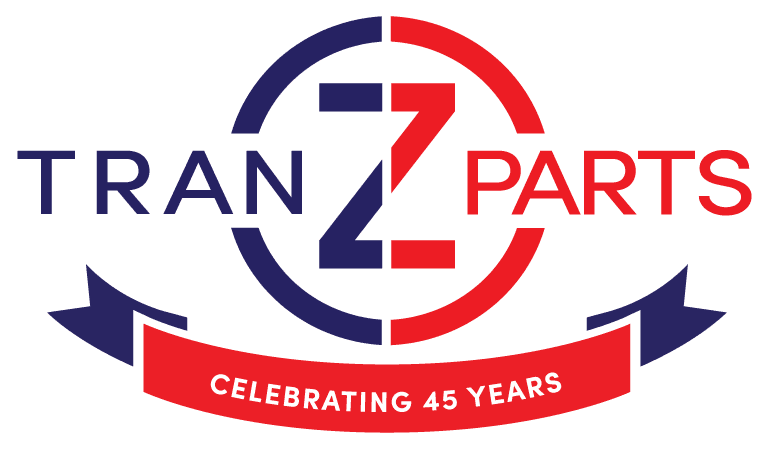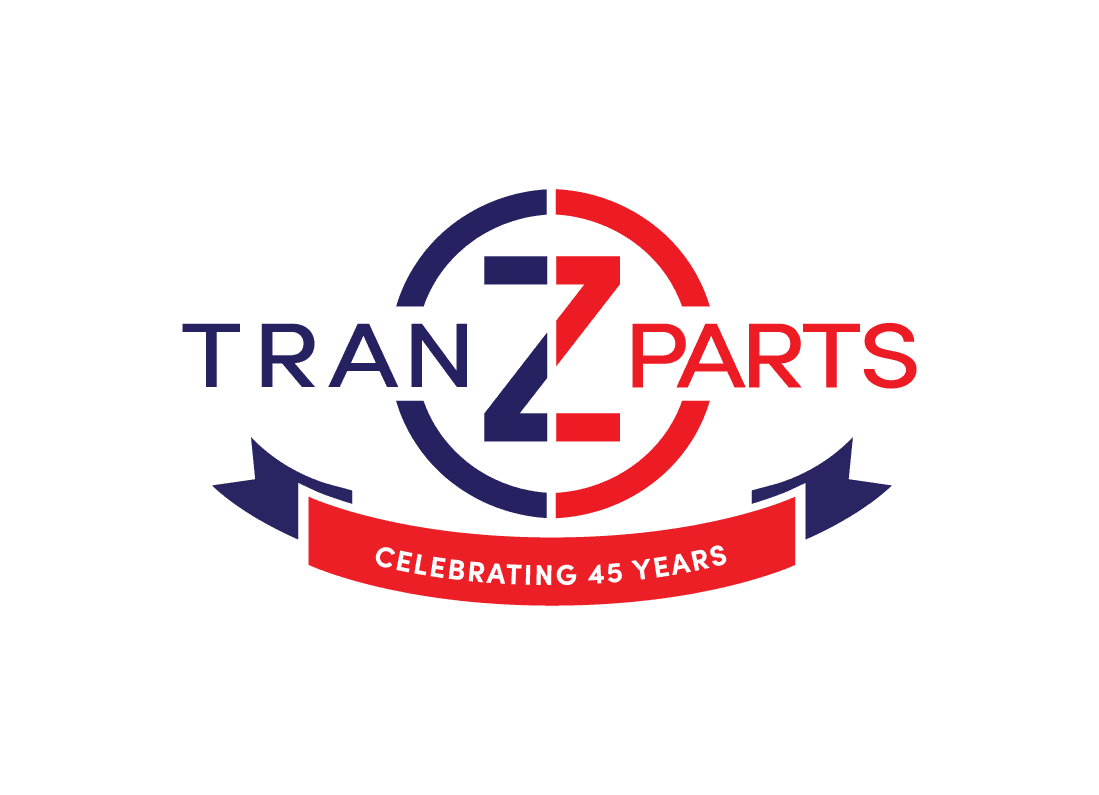As regulations in the trucking industry become more stringent, they significantly influence the development and performance of truck parts. From emission standards to safety requirements, these regulations are reshaping how trucks are designed, maintained, and operated. Customers searching for information about how these regulations affect truck components often look for insights into emission control systems, safety features, durability, and the costs associated with compliance. Understanding these impacts can help fleet operators and truck owners make informed decisions about their vehicles. Here’s a detailed look at how regulations are impacting truck parts:
1. Emission Standards
- Advanced Emission Control Systems:
SCR Systems: Selective Catalytic Reduction (SCR) systems are essential for meeting stringent emission standards. They work by injecting a urea-based solution into the exhaust stream to reduce nitrogen oxides (NOx). Customers often search for information on how SCR systems improve fuel efficiency and how maintenance requirements can affect overall costs.
DPFs: Diesel Particulate Filters (DPFs) capture and store soot to prevent it from entering the atmosphere. Understanding DPF function, regeneration processes, and associated costs for cleaning or replacement is crucial for fleet operators concerned about compliance and maintenance expenses.
EGR Systems: Exhaust Gas Recirculation (EGR) systems recirculate a portion of the engine’s exhaust back into the combustion chamber to lower NOx emissions. Information on how EGR affects engine performance, fuel economy, and long-term reliability is commonly sought by truck owners.
- Fuel Efficiency Improvements:
Turbochargers: Turbochargers enhance engine performance and fuel efficiency by using exhaust gases to drive a turbine that compresses incoming air. Customers often look for details on how modern turbochargers contribute to meeting emission standards and improving overall engine efficiency.
Fuel Injection Systems: Advanced fuel injection systems, such as common rail direct injection, provide precise control over the fuel-air mixture. Search queries frequently focus on how these systems help achieve better fuel economy and lower emissions.
2. Safety Standards
- Advanced Driver Assistance Systems (ADAS):
Automatic Emergency Braking (AEB): AEB systems use sensors and cameras to detect potential collisions and automatically apply the brakes to prevent accidents. Information on how AEB systems work, their effectiveness, and their impact on insurance premiums is often sought.
Lane-Keeping Assist: Lane-keeping assist technologies help prevent unintentional lane departures by providing steering inputs or warnings. Customers are interested in how these systems enhance safety and their limitations.
Collision Avoidance: Collision avoidance systems use radar and cameras to detect obstacles and help prevent accidents. Details on the technology, its integration with other safety features, and its impact on driver safety are frequently searched.
- Improved Lighting and Visibility:
LED Headlights: LED headlights offer better illumination and longer lifespan compared to traditional halogen bulbs. Information on the benefits of LED headlights, including visibility improvements and energy efficiency, is popular among truck owners.
Adaptive Lighting Systems: Adaptive lighting systems adjust the headlights’ direction based on the vehicle’s speed, steering angle, and road conditions. Customers often seek information on how these systems improve nighttime driving safety.
3. Noise Regulations
- Engine Design Improvements:
Quieter Engines: Advances in engine design, including better insulation and vibration control, help reduce noise levels. Customers interested in how quieter engines affect driver comfort and compliance with noise regulations often look for detailed explanations.
Material Innovations: New materials and technologies, such as acoustic barriers and noise-dampening components, contribute to quieter engine operation. Information on these innovations and their effectiveness is frequently searched.
- Enhanced Muffler Systems:
Muffler Technology: Modern mufflers are designed to minimize noise while maintaining performance. Customers seek details on different types of muffler systems and their effectiveness in noise reduction.
Cost of Muffler Replacement: The cost of upgrading or replacing mufflers can vary. Information on factors influencing these costs and potential long-term savings is often sought by fleet operators and truck owners.
4. Digital and Telematics Systems
- Telematics:
Benefits of Telematics: Telematics systems provide real-time data on vehicle performance, location, and driver behaviour. Customers frequently search for information on how telematics can improve fleet management, reduce operational costs, and enhance regulatory compliance.
Data Privacy: With the increasing use of telematics, concerns about data privacy and security are growing. Information on how telematics data is handled and protected is often sought by truck owners and fleet managers.
- Electronic Logging Devices (ELDs):
ELD Compliance: Electronic Logging Devices (ELDs) are used to track driving hours and ensure compliance with hours-of-service regulations. Details on how ELDs work, their benefits for fleet management, and their impact on operational efficiency are commonly searched.
Cost and Installation: The costs associated with ELD systems, and the installation process are important considerations for truck operators. Information on these aspects helps customers make informed decisions.
5. Durability and Maintenance
- Enhanced Durability:
Longer-Lasting Parts: Advances in materials and design contribute to more durable truck components. Customers often look for information on how these innovations affect maintenance schedules and the overall lifespan of truck parts.
Maintenance Intervals: Changes in durability can affect maintenance intervals. Search queries frequently focus on how improved parts impact maintenance practices and costs.
- Maintenance Requirements:
Ease of Maintenance: New technologies and designs that simplify maintenance are of great interest to truck owners. Information on how these advancements make inspections and repairs easier is commonly sought.
Maintenance Costs: The impact of regulatory changes on maintenance costs is a key concern. Customers often search for details on how compliance with new regulations affects overall maintenance expenses.
6. Sustainability and Alternative Fuels
- Electric and Hybrid Trucks:
Battery Technology: Advances in battery technology for electric trucks, including improvements in range and charging times, are frequently researched by those considering electric vehicles.
Cost of Ownership: The total cost of ownership, including purchase price, maintenance, and energy costs for electric versus diesel trucks, is a common search topic.
- Hydrogen Fuel Cells:
Hydrogen Technology: Hydrogen fuel cells offer a zero-emission alternative to traditional diesel engines. Information on how hydrogen technology works, its benefits, and the current state of hydrogen infrastructure is often sought.
Infrastructure: The availability and development of hydrogen refuelling stations are crucial for the adoption of hydrogen-powered trucks. Customers look for updates on infrastructure growth and its impact on truck operations.
7. Regulatory Compliance and Future Trends
- Future Regulations:
Upcoming Changes: Information on anticipated regulatory changes and their potential effects on truck parts and operations is important for forward planning.
Industry Adaptation: How manufacturers are adapting to future regulations and technological advancements is a topic of interest for those keeping an eye on industry trends.
- Impact on Resale Value:
Resale Considerations: Compliance with current regulations can influence the resale value of trucks. Customers often seek information on how regulatory compliance affects the long-term value of their vehicles.




